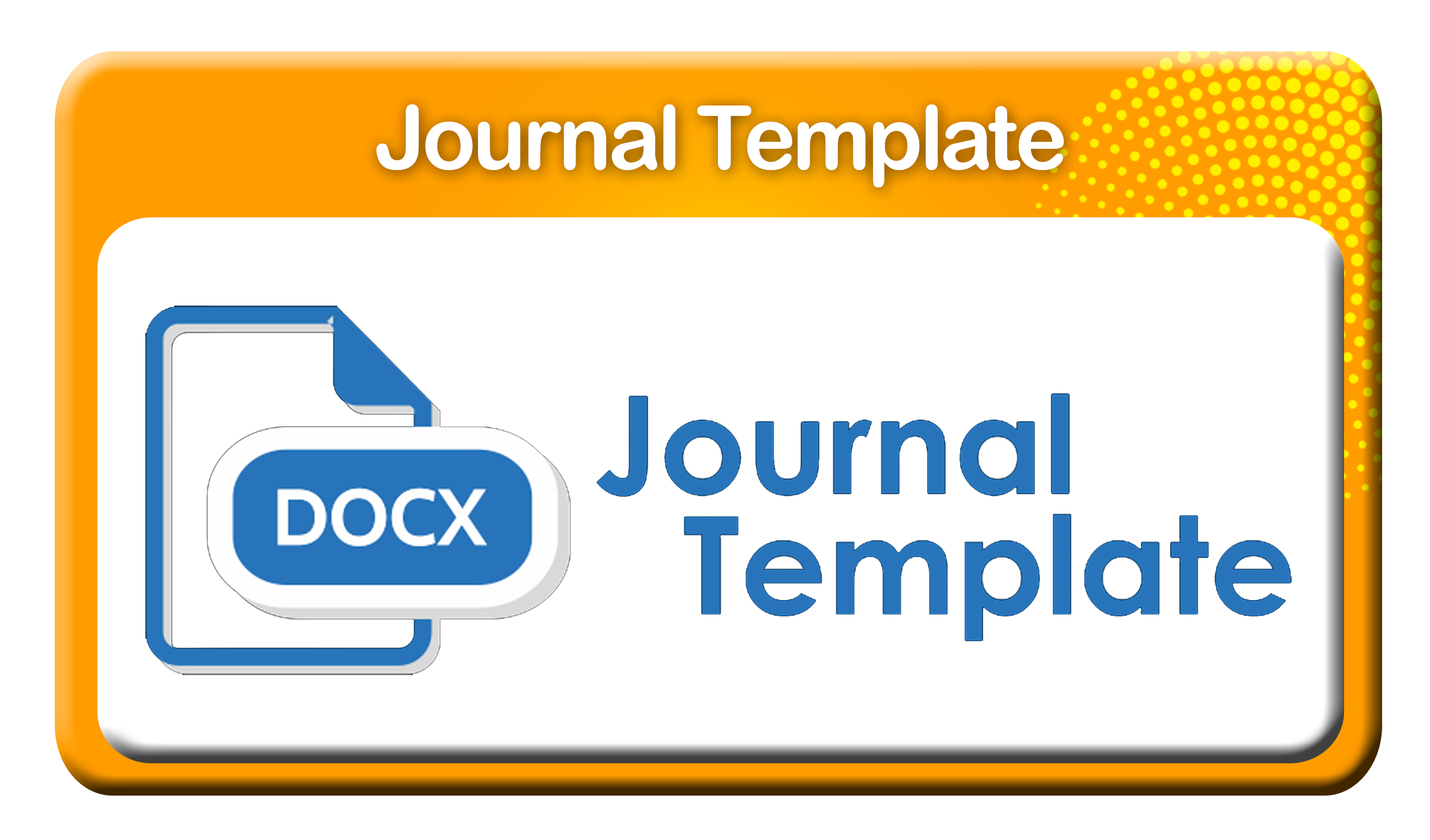INDICATORS OF COMPLIANCE PRESSURE FOR NURSE IN IMPLEMENTING PROCEDURES : A QUALITATIVE APPROACH
DOI:
https://doi.org/10.29082/IJNMS/2023/Vol7/Iss1/461Abstract
Various rules and regulations applied by hospital management haven't fully warranted nurse compliance in performing standard procedures. Evidence suggests that there was a high level of an adverse event, as phlebitis, infection, and the incidence of risk of falling. The purpose of this research was to find indicators of compliance pressure for nurses in implementing procedur. This study used a phenomenological qualitative study and in-depth interviews were conducted with 20 respondents, taking into account the selection criteria of respondents. Semi-structured questions were delivered to all participants which explored their experience in implementing and complying with procedures. Analyzes thematically, taking into account the results of the field notes. Findings were that Rules and policies, Standard procedures, Communication, Corrections, and confirmations, Accreditation Standards, Professional Standards, Value, and Co-worker support are indicators of compliance pressure for nurses in implementing procedures. It can be concluded that the eight indicators of compliance pressure are appropriate controls and complement the regulatory pillars and normative pillars in building nurse compliance in carrying out procedures.
Downloads
Downloads
Published
Issue
Section
License
Authors who publish with IJNMS agree to the following terms
- Authors retain copyright licensed under a Creative Commons Attribution-ShareAlike 4.0 International License that allows others to share the work non-commercially with an acknowledgement of the work's authorship and initial publication in this journal.
- Authors are permitted and encouraged to post their work online (e.g., in institutional repositories or on their website) prior to and during the submission process, as it can lead to productive exchanges, as well as earlier and greater citation of published work (See The Effect of Open Access). Authors can archive pre-print and post-print or publisher's version/PDF.









_IJNMS.png)






